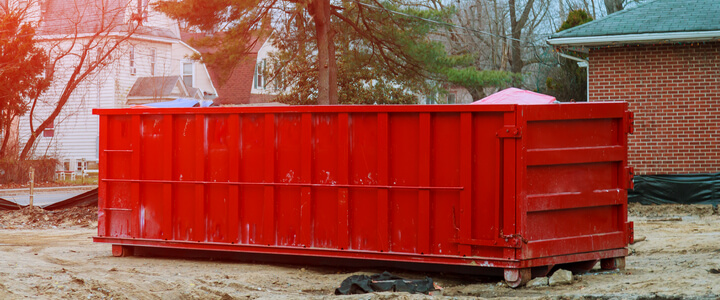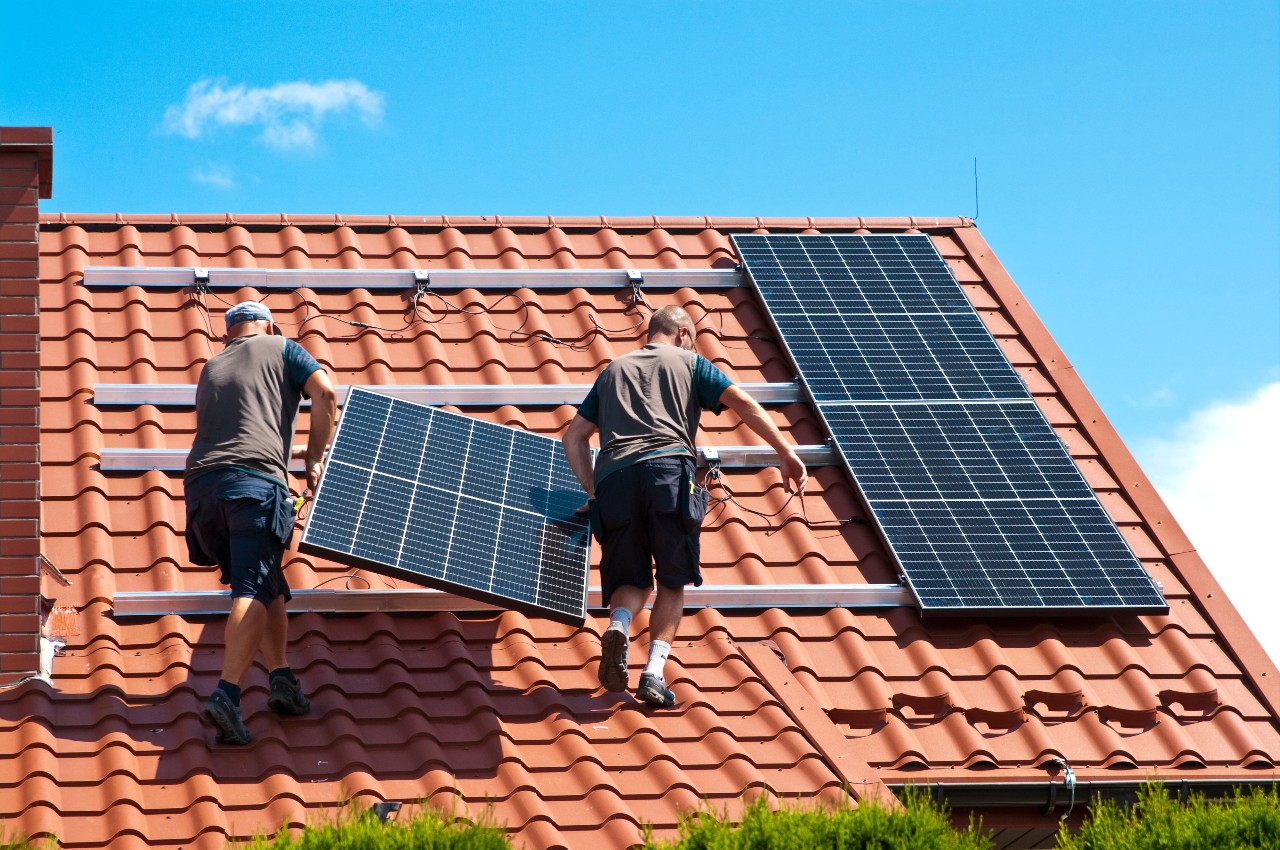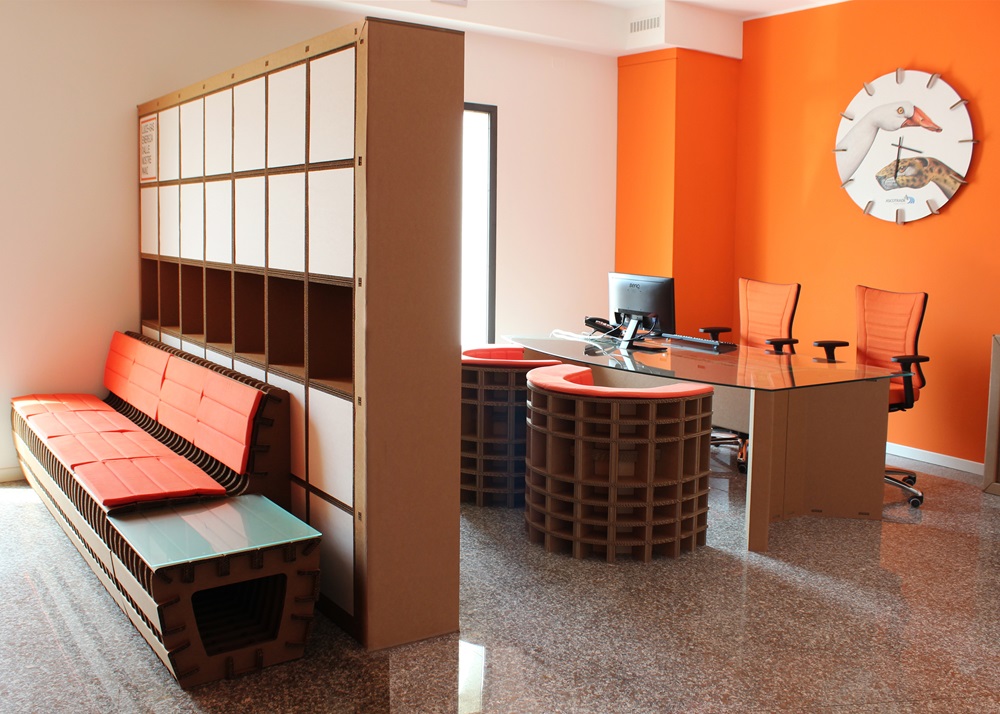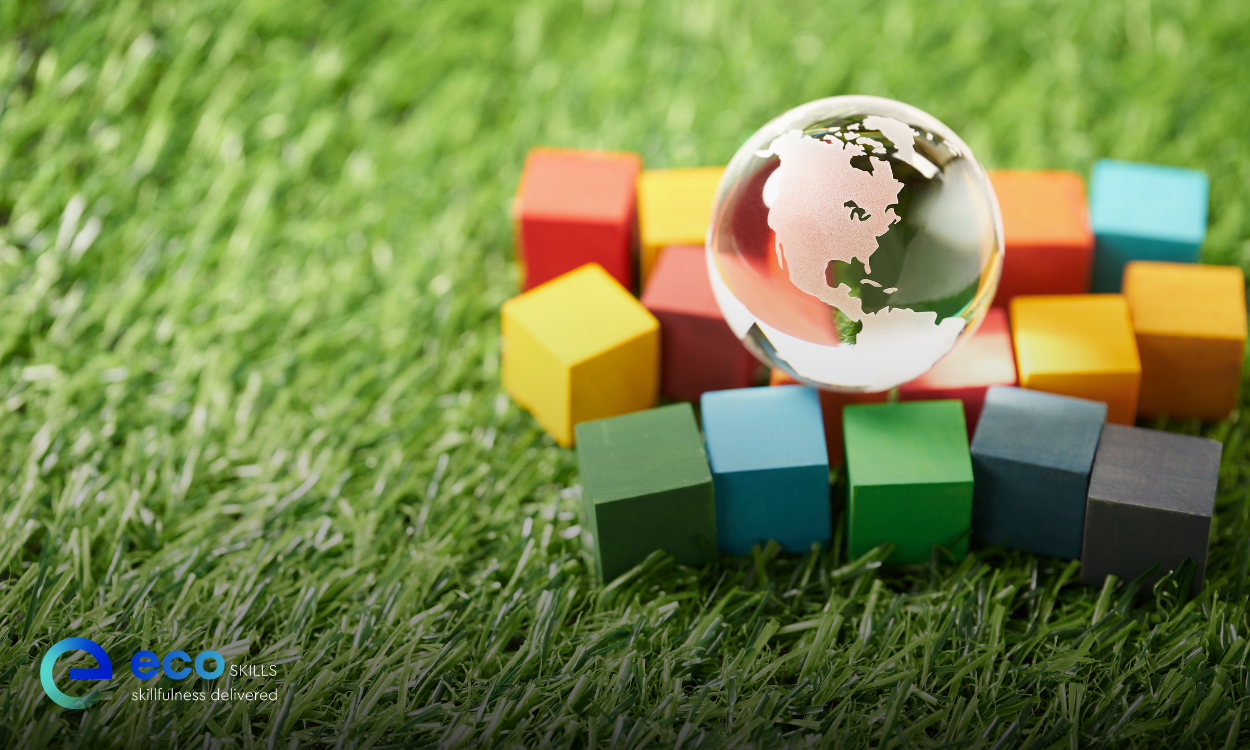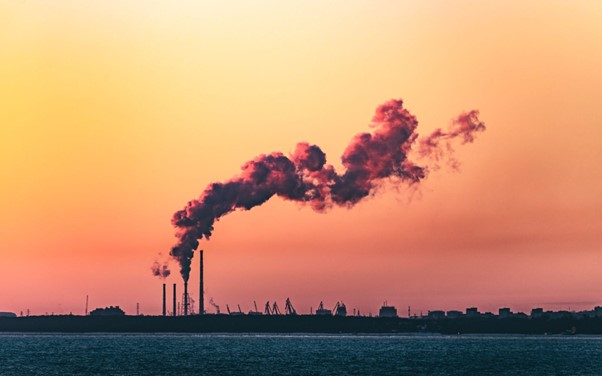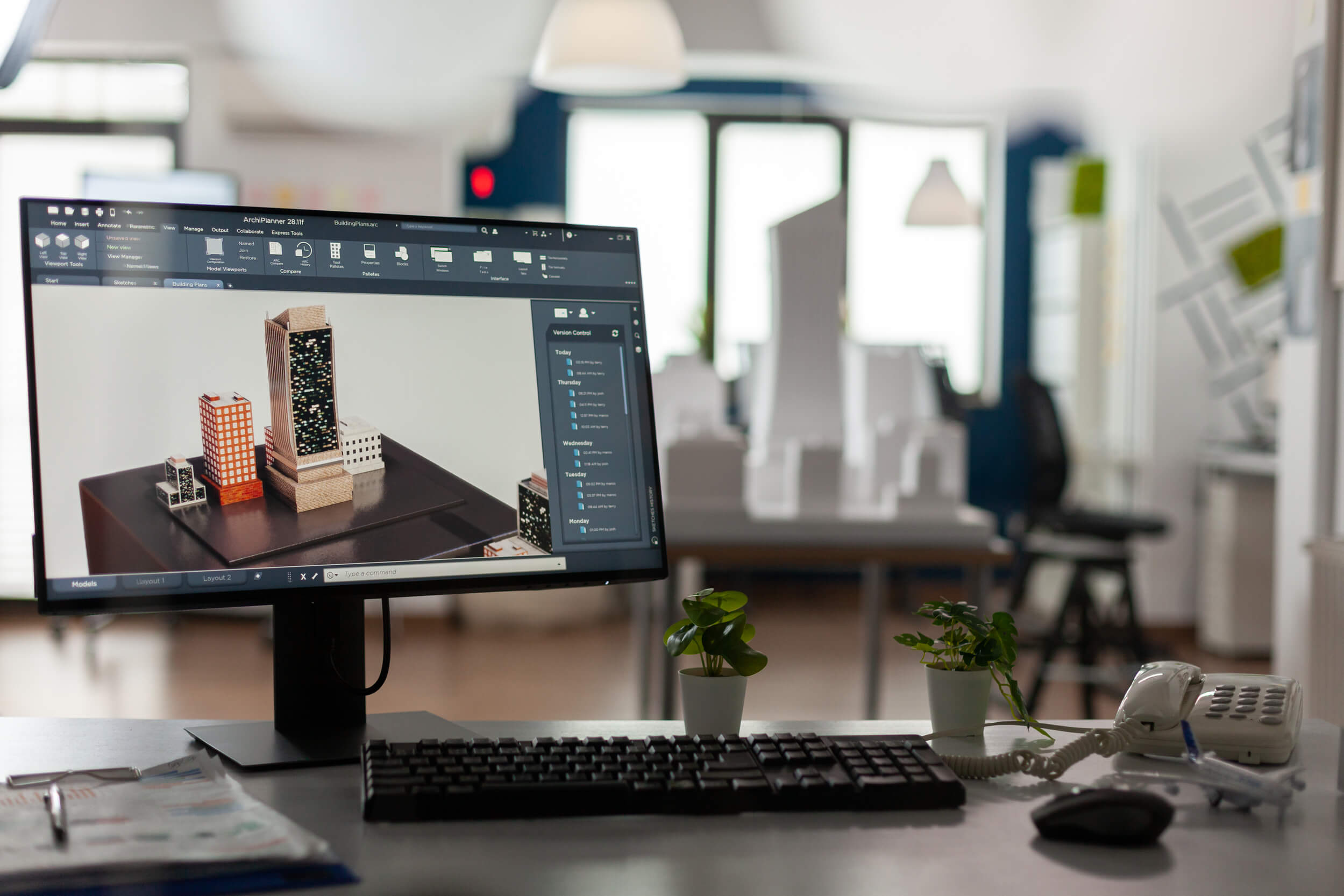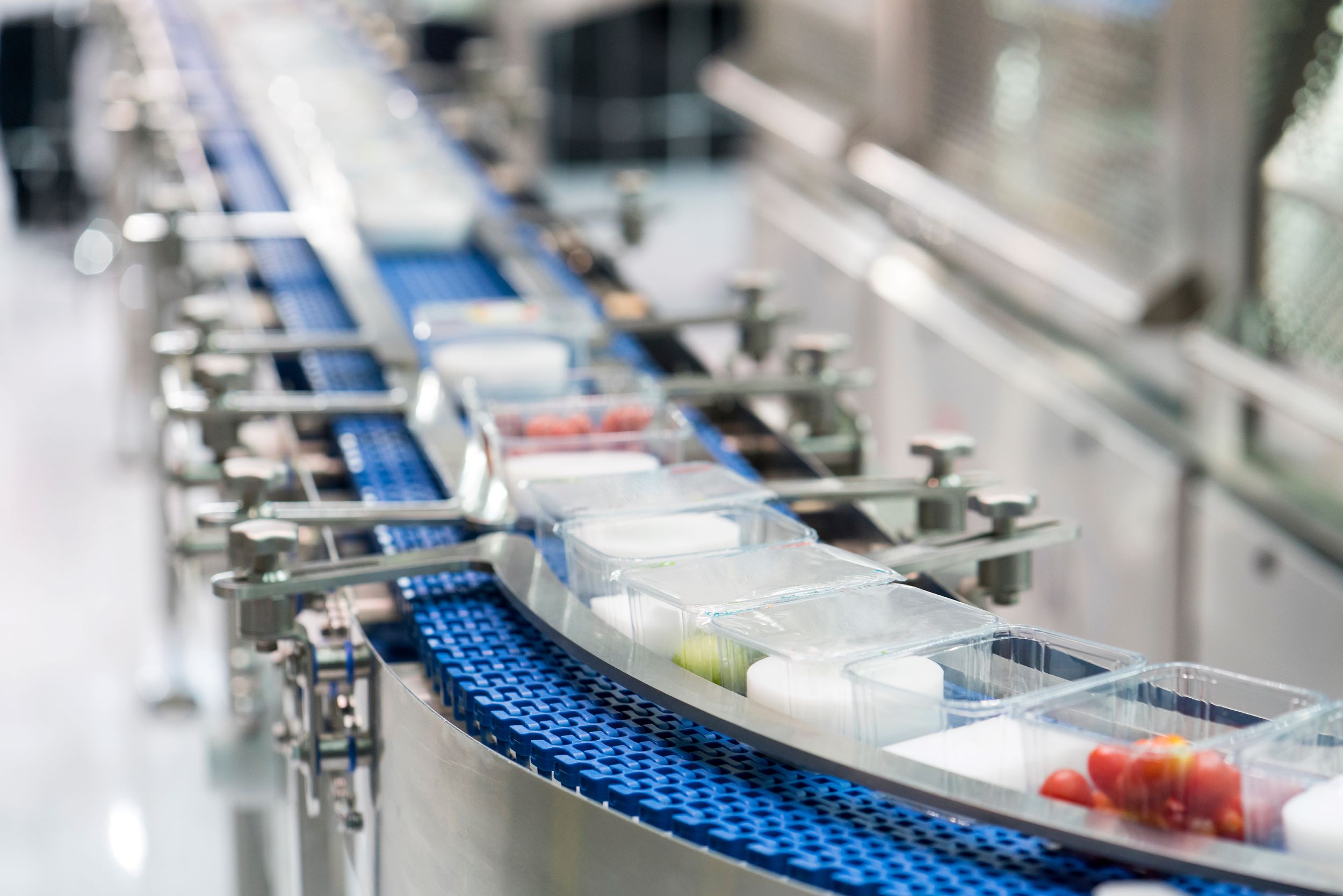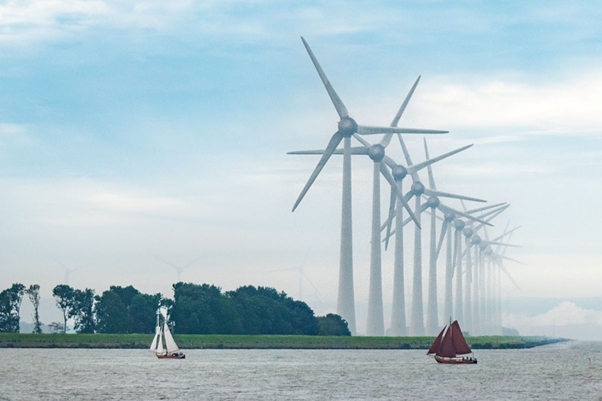Why Commercial Real Estate Owners Are Going Green
Going greener has become a popular initiative among commercial real estate developers. Commercial properties such as office space and retail buildings are increasingly going greener by adopting environmentally friendly practices. These include using sustainable building materials, implementing energy-efficient lighting systems, reducing water consumption, and recycling waste.
With the increasing economic responsibility of individuals and companies, clients and tenants are increasingly looking for environmentally friendly or “green” buildings and requests for these changes and renovations to existing facilities.
LEED (Leadership in Energy Efficient Design), developed by the U.S. Green Building Council, is a set of guidelines used to measure the environmental performance of buildings.

Benefits of Going Green in Commercial Real Estate?
According to the US Energy Information Administration, traditional commercial buildings consume approximately 18-30% of the total energy used in the United States. However, what is the benefits of an environmentally friendly commercial structure?
There are many benefits to selecting a green commercial design over a traditional one. Here are some facts comparing green commercial buildings to conventional commercial buildings:
- Green buildings use 25 percent less power than conventional buildings. This includes electrical power, fuel for heaters, air conditioning units, and lighting systems.
- Green buildings produce 34 percent less CO2 emissions than conventional commercial buildings. These include emissions from operations, construction, demolitions, transportation, and landfills.
- Green buildings have happier people who work there. They’re healthy, and a pleasant environment attracts them.
- Green buildings help protect workers from harmful chemical exposures. Studies have shown that individuals exposed to various chemicals and pollutants such as Formaldehyde, Benzene, Asbestos, Lead, Mercury, Radon, and Tobacco Smoke are more likely to get cancer later in life.
- Green building is better for the environment. For example, they use less energy than traditional construction methods. Also, they help prevent pollution because they’re usually close to public transportation lines.
Here are 8 Improvements For Eco-Sustainability in CRE
Green Roofs and Living Walls
Gardens aren’t new to real estate, but the recent trend for green gardens and rooftops is. Green gardens allow buildings to be more environmentally friendly than traditional ones. Here’s how they work. Green gardens are planted outside buildings, which help insulate them from heat and cold.
A living wall improves a building’s eco-efficiency by reflecting sunlight, soaking up water run-off from the building, and enhancing the air inside the building by removing carbon dioxide (C02) and emitting oxygen. Living walls aren’t the same as outdoor gardens, but they can help cleanse indoor spaces by filtering out pollutants.
They’re also common for indoor growing walls to undertake trendy designs. This design looks pretty, and they’re proven to improve moods too.
LED Lighting
LED lights are rapidly gaining popularity among business owners for two main reasons:
1) They use less energy than traditional bulbs;
2) They’re safe for both people and the planet. Because of these benefits, many companies are replacing their old lightbulbs with LEDs.
Replaced with LEDs, energy usage for lighting can be reduced by up to 75%. This translates into significant cost reductions over the lifetime of the building. For instance, switching from a 60-watts bulb to an equivalent LED bulb could save $1,300 annually.
Improve building air quality
There are many ways to make buildings more energy efficient and reduce emissions. One way is to clean things up inside. A study by University of California Davis researchers found that improving indoor air quality could save $1 billion annually in healthcare costs. Researchers looked at how much money people spent on health problems caused by poor air quality, such as asthma attacks and allergies. They concluded that treating those illnesses costs about $2,500 per person each year.
Passive Solar Designs
Passive solar buildings use the sun’s natural heating and cooling cycles to provide comfort. They’re also highly efficient because they don’t require any electricity for heating or cooling. Heating and cooling systems are used to control the temperature inside buildings. They use different methods for heating and cooling the interior space. Passive solar design differs from conventional solar panels because it doesn’t rely on direct sunlight to produce energy. Instead, it depends on the sun’s energy to warm up the building, heating the air inside.
Passive solar design often uses natural ventilation to let stale air out of the building. Biologically ventilated buildings rely on thermal masses to absorb heat from the sunlight during the daytime and release it gradually through the night.
Passive solar systems can be built in various ways, including with an underground soil bank, thermal masses, and reflective materials. An example of a passive solar system is a deep soil bank close to the building’s foundation. A thermal energy storage system (TESS) could also store extra warmth during winter. Reflective materials such as roofing shingles can reflect sunlight into space.

Dual Plumbing Systems
We shouldn’t just turn off the tap when we’re brushing our teeth; we need to be smart about how much water we use daily. Water is one of the world’s most valuable natural resources, and we must not waste it.
One way to do that is by separating the drinking and washing water into two different pipes. By doing so, we can divide the drinking and washing water separately. Drinking waters go directly to our faucets to drink, wash dishes and cook food. Washing waters flow through filters and are clean enough to reuse.
Dual plumbing systems save time and energy by reducing the amount of wastewater produced. They also help protect our environment since some pollutants, such as heavy metals, can leach from old pipe materials into the water supply.
To install dual piping systems, first, you’ll need to contact your local building inspector to determine whether a dual piping system is required and where you might be able to find contractors who specialize in installing these types of systems.
Utilize Microgrids
A microgrid comprises small power generation sources such as solar panels, wind turbines, and fuel cells. It can be connected to a larger grid but operates independently if needed. The variety of power source options enables the system to operate reliably in different weather conditions.
Furthermore, they are more efficient than fossil fuels because they utilize renewable resources, eliminate energy loss during transport and distribution, and can be used locally for heating purposes. This results in higher fuel efficiency and fewer greenhouse gas emissions.
Heating & Cooling
Heating and cooling systems consume more energy than any other type of equipment in a commercial space and produce lots of greenhouse gas emissions. By reducing overall energy usage by 10%, you can save a lot of money and help the environment simultaneously.
Chiller boilers are typically used for heating and cooling buildings. They’re not always considered “traditional” HVAC units but are often referred to as hydronic (or radiant) HVAC units. These devices are connected to the water supply in your building. However, implementing sustainable efficiencies may seem like a financial burden at first, but it’s important to remember that the benefits would be recouped soon enough through reduced operational expenses.
Green buildings have even saved companies money by reducing their electricity and water bills and operating and maintenance costs.
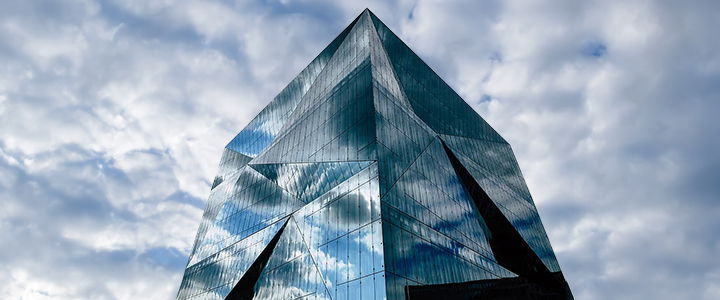
Electrochromic Glass
Bright windows use electricity to change between opaque and translucent states. They can be operated manually or programmed to adjust their condition automatically throughout the day as light changes.
Intelligent glasses use nanotechnology, coating each layer with a thin material that turns colors when exposed to light. These plates are then coated with different materials that change their color from one side to another according to the current applied to them. To turn the glass from opaque to transparent, switch off the current, then switch it back on again. Turning from clear to dark is achieved by applying a positive voltage.
It provides light without using electricity, which reduces energy consumption and helps eliminate the need for shades. However, it can also help eliminate glare and reduce heat gain.
You can get ahead in the CRE game by going green. Saving money while also helping the planet by choosing sustainability could be a wise business decision.



